Growing plants indoors adds a touch of nature and elegance to our homes. However, not everyone has the knowledge, the patience, and the time to take care of these green “decorations”. In that case, growing water plants is the best solution.
What are water plants?
All plants need water, it is essential for photosynthesis and transporting dissolved mineral elements (nitrogen, phosphorus, potassium, absorbed at soil level) essential for the proper functioning of the leaf but here we are going to focus on plants that can be grown in water only, which means dust-free and without any potting soil, and these are called water plants.
they are Simple, trendy, and spectacular, for a home project or for decor a water garden is a concentrate of harmony that costs three times nothing.
With some basic knowledge and techniques, your plants won’t even require watering (You only need to replace the water occasionally), low maintenance, no messy handling of soil or potting mix, and less risk of disease (no potting soil that can rot).
Water plants are large plants (macroscopic size) that have leaves, a stem, roots, and actual vessels, they should not be confused with algae that do not have true leaves, stems, and roots.
Types of water plants
Bog, floating, marginal, or submerged plants, it’s a matter of taste. If you want to combine different water plants, it is better to at least place an oxygenating plant.
Alternatively, add a few drops of aquarium and pond clarifier every two weeks to keep the water healthy and algae-free.
Count three plants maximum for a container of 10 liters. The larger the aquarium or vase, the less frequent the water replacement will be. But it will be more difficult to move.
-Bog & Marginal Plants
They represent the most important part of pond plants. They are not fully submerged, but they like to have their feet in moisture. Some thrive in the more or less damp soil of the edges, others advance directly into the water. Some have a “technical” role, such as fixing the edges, others are essentially ornamental.
The growing medium in which they will be planted must have high porosity. In order to achieve good growth, water must be rich in nutrients and oxygen and should reach the roots easily for vigorous root development and exuberant flowering, use a nutritious mix or growing medium. Cover the base with a layer of gravel to prevent the plant from being uprooted.
You can optionally add iron or trace elements. Limit the height of the water in their container to 20 cm. To prevent the plants from becoming too large, you can regularly separate the root ball into several plants. Replace only one and share the others or plant them in other containers.
The most famous bog and marginal plants are:
– Yellow Iris – Bog Irises (Iris pseudacorus):
It thrives in damp or even flooded areas (immersion up to 40 cm), with its “feet” in the water. It can then reach two meters high. It can also be grown in regular soil, out of water, in that case, it will not exceed 60 cm. The color of its flowers, its height and its ability to colonize make it an ideal plant for decorating and consolidating the edges in a pound. However, you should be careful when it comes to controlling its development, it can quickly be invasive.
– Sarracenia:
Its leaves attract many insects and are very unique and decorative. It has very colorful flowers that are solitary, drooping, or sloping and an umbrella-shaped pistil. with a variety of colors (yellow, white, red, green).
– Corkscrew rush (Juncus effusus Spiralis):
It thrives in moist soils and ponds, under 10 cm of water (distance between the rhizome and the surface of the water). It can also improve the quality of the water.
-Arum Lilies (Zantedeschia):
A very beautiful plant, fascinating from every point of view, whether for its beautiful foliage or its splendid flowers appearing over a long period.
Submerged oxygenators plants
They are rooted at the bottom of the pond and are entirely in the water, forming a fairy water forest. The role of submerged plants is fundamental for oxygenation, especially if there is no water movement. They are the ones that produce dissolved oxygen in water in the presence of the sun. Trim them regularly so that they don’t get too invasive. They help keep the water clear and prevent the proliferation of algae.
Some popular submerged plants:
– Myriophyllum (water milfoil):
It thrives underwater but it can also be found floating. The roots are planted in the ground 50 cm deep. The long stems (3-4m) rise up out of the water, sometimes up to 40 cm from the surface. The leaves, organized in whorls around the stems, are cut into thin strips. Those that are out of the water have a bluish green tint. The flowers, attached to the axils of aerial leaves by a small peduncle, appear in summer: the female flowers don’t have petals while the 4 white petals of the male flowers emerge from a welded calyx of the same color.
– Elodea – Brazilian Waterweed:
A freshwater plant that can be found all over the planet, its basically a stem growing without a rhizome, imperatively living underwater. The foliage is arranged on this central stem which can be branched. The green, flexible and slender stems can reach 3 meters long, depending on the species. Determined by the temperature of the water, it will position itself naturally at the bottom if the water is cold and rise to the surface if the water is hot.
– Limnophila sessiliflora:
Very beautiful especially if it’s grouped, the stem can quickly grow from 15 to 40 cm high and 3 to 4 cm wide. Can become thin if the light is not sufficient but we can counteract this phenomenon by adding co2. It must be pruned very often. It is necessary to cut the new side shoots which may create too much shadow areas for the lower leaves.
– Eleocharis Acicularis:
Perfect for covering the bottom. It is a very decorative foreground plant. This is one of the easiest plants when trying to cover the entire bottom with a beautiful green. its submerged leaves can free oxygen bubbles and the water PH should be slightly acidic, if possible, less than 6.8
Floating plants
floating plants are mostly happy with good lighting. changing the water in theory provides enough nutrients to satisfy them. The establishment of the floating plants is very simple since it is only a matter of placing them on the water in spring and letting them multiply naturally.
Their leaves float thanks to the air they contain, only the roots dive into the water to reach the bottom and capture nutrients. They do not need to use the CO2 present in the water unlike submerged oxygenating plants.
The main role of floating plants is to shade the surface of the pond in order to prevent the proliferation of algae. They also have a role of filtration and clarification of water. In addition, some varieties offer spectacular flowering.
These plants will all end up becoming invasive if they are comfortable, so it is necessary to be vigilant and perhaps avoid introducing certain species such as duckweed, which in case of aquatic compositions, will quickly block the light from reaching submerged plants.
Despite the fact that there is only a small amount of floating plants varieties, they can be very useful. In nature, floating plants are an essential group of water plants as they are essential for achieving a natural balance and clear water.
Some floating plants:
– Pistia (water lettuce):
with its fine roots at the base of the leaves, it floats freely on the surface of the water. Water lettuce does not appear to have a stem. However, it is around a small stem that the spatulate leaves are arranged in a spiral. So small that you can’t see it. The leaves seem to form an open rosette, like lettuce, hence its common name!
– Limnobium laevigatum (Amazon frog bit):
This floating plant has light green, oval, slightly heart-shaped leaves, 2 to 3 cm long, arranged in a rosette and has whitish hairy roots. It only proliferates in a very humid atmosphere (you can cover the container) but ventilated (provide openings) under strong light. The temperature can change from 18 to 28 ° C. In shallow water (25 cm), the roots can reach the soil and suck nutrients from it (ideal conditions to get very beautiful plants) while forming an inextricable network.
– Salvinia Natans (floating moss):
These are small rootless, sparsely branched seedlings with elliptical floating leaves with a slightly heart-shaped base. known to fix nitrogen and purify water, it is often used as an oxygenating plant, floating on the surface without attachment to the substrate.
– Duckweed:
small floating water plant composed of one or more leaves and roots. The plant floats freely on the surface of the water and moves with the current. It needs stagnant water, sun and heat to thrive. A single duckweed duplicates and gives birth to two duckweeds., to split in their turn after about 6 days. This water plant is famous for its high reproduction speed. In 1 month, with good growing conditions, a single plant can give birth to 32 other plants!!
So, if you like the idea of having a house full of plants, but much less having to take care of them, then water plants (the green trend of the moment) are made for you.



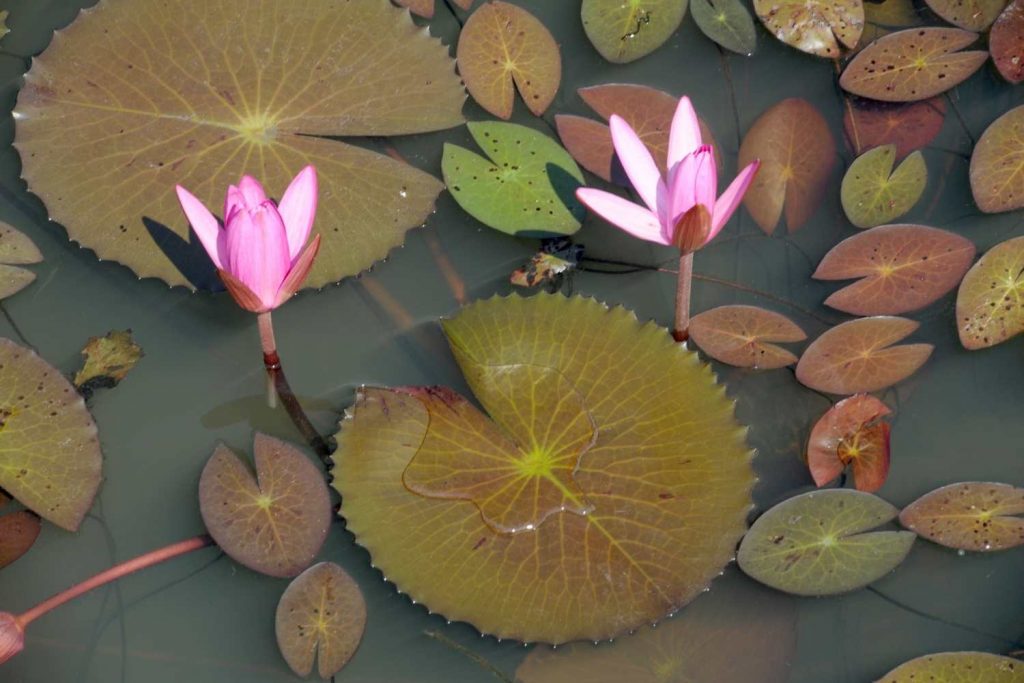
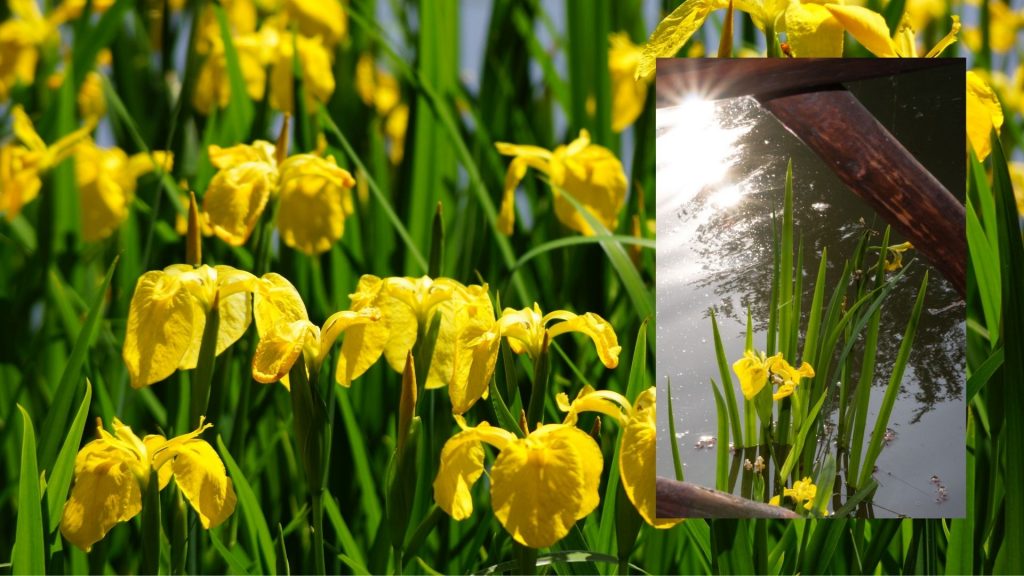
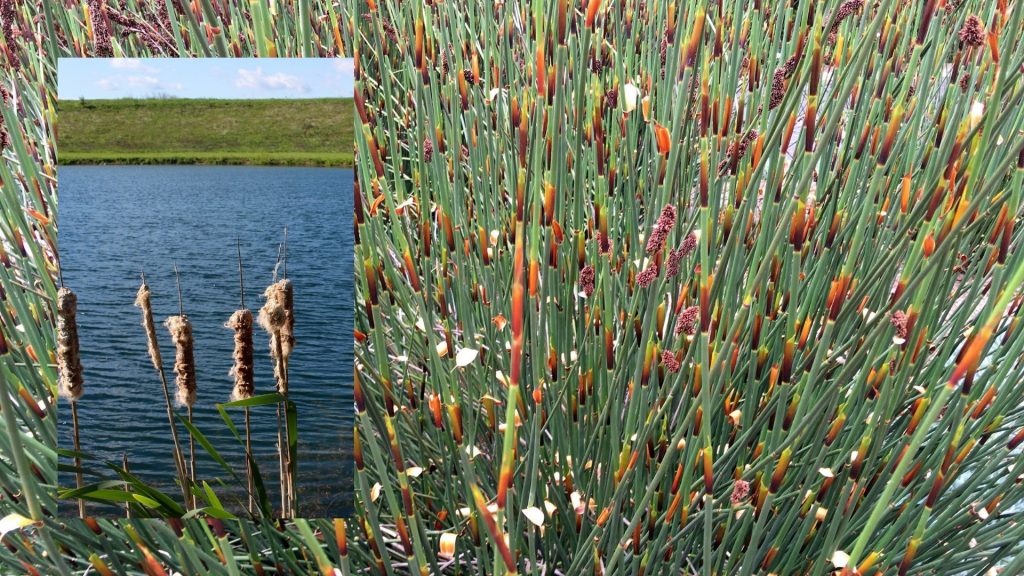
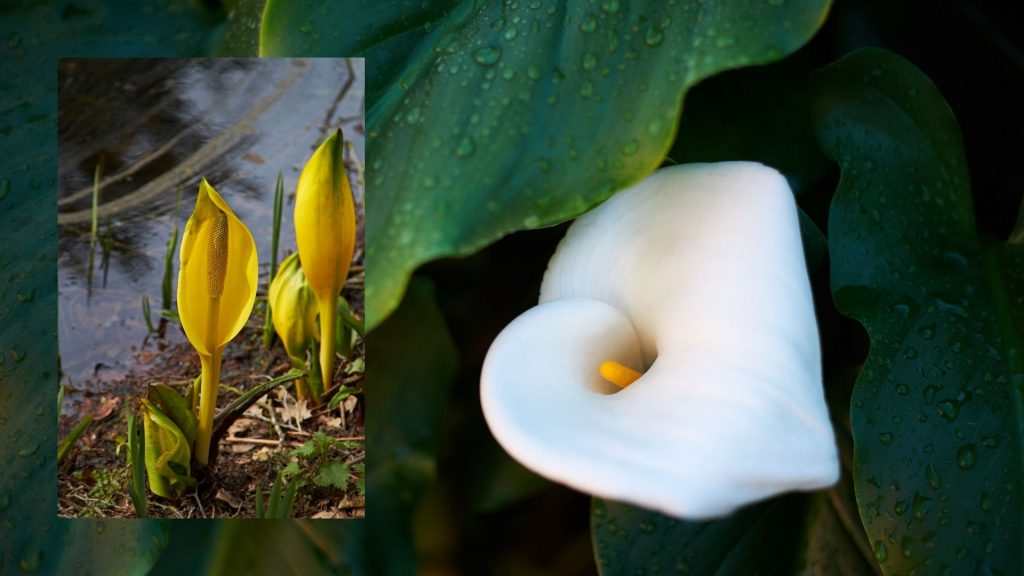
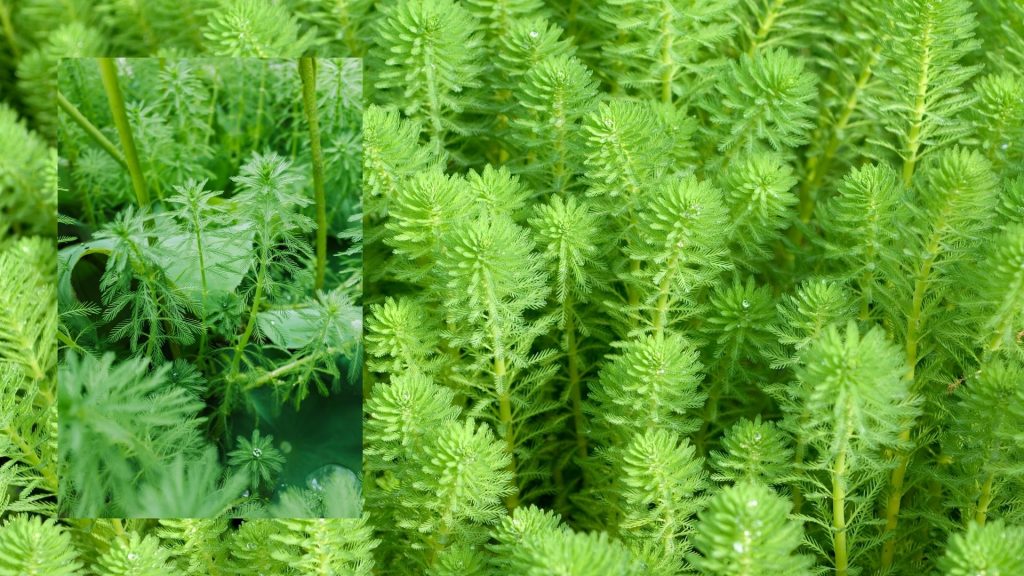
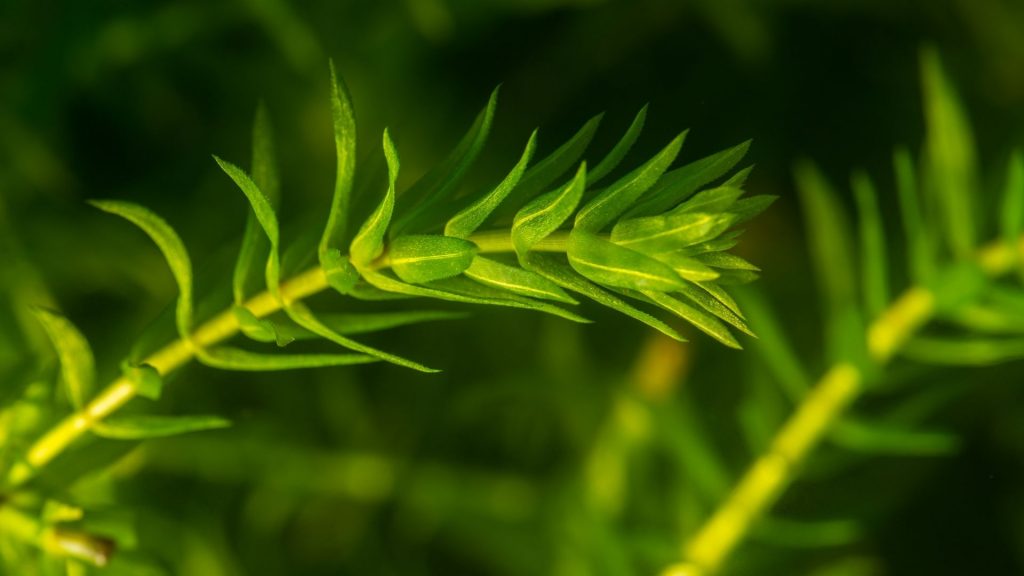
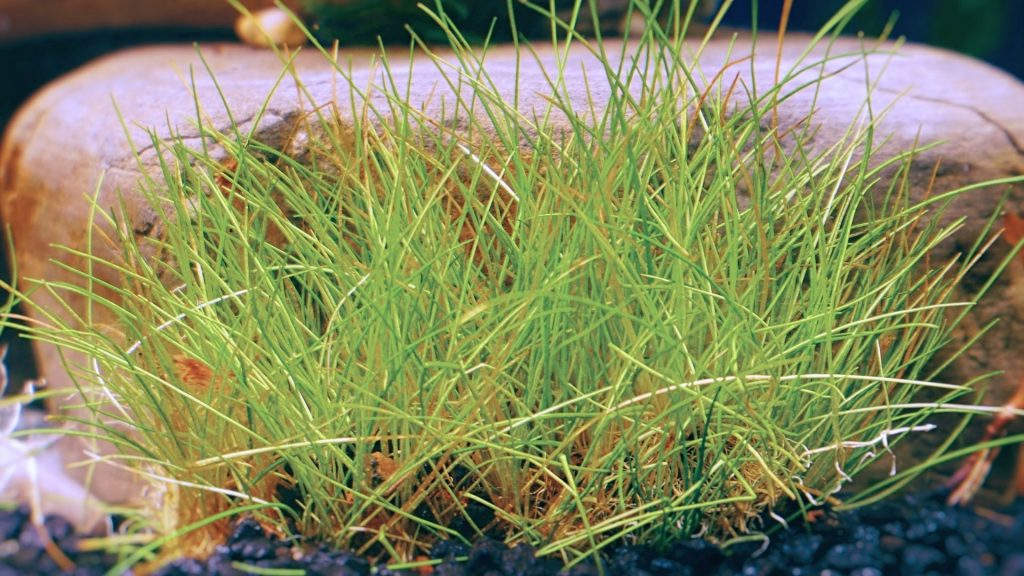
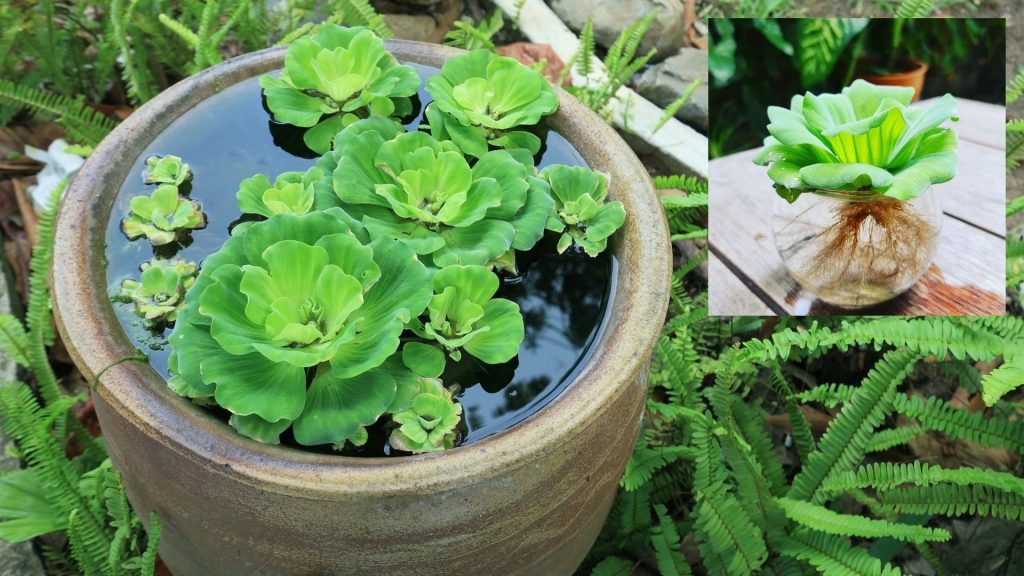
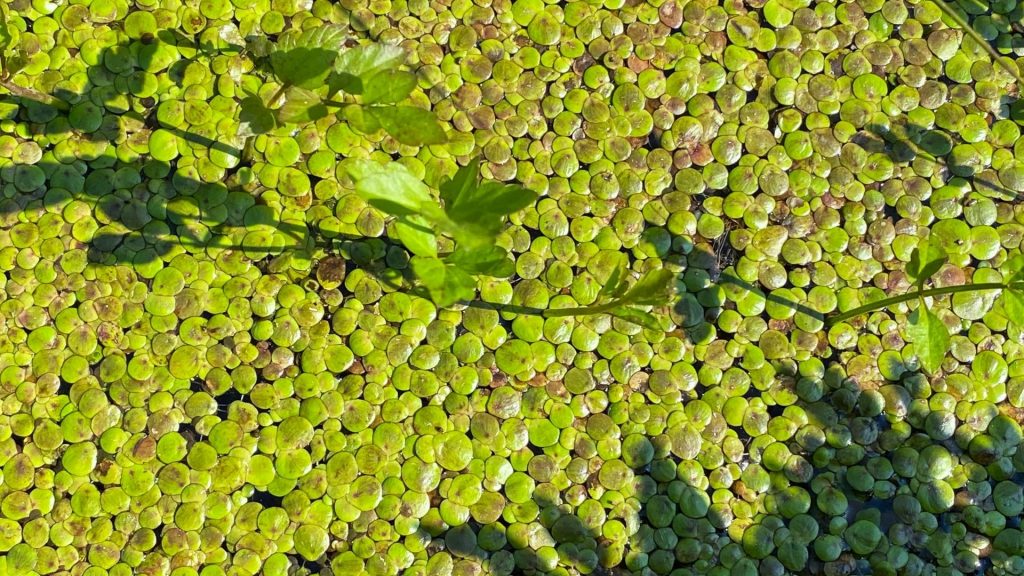
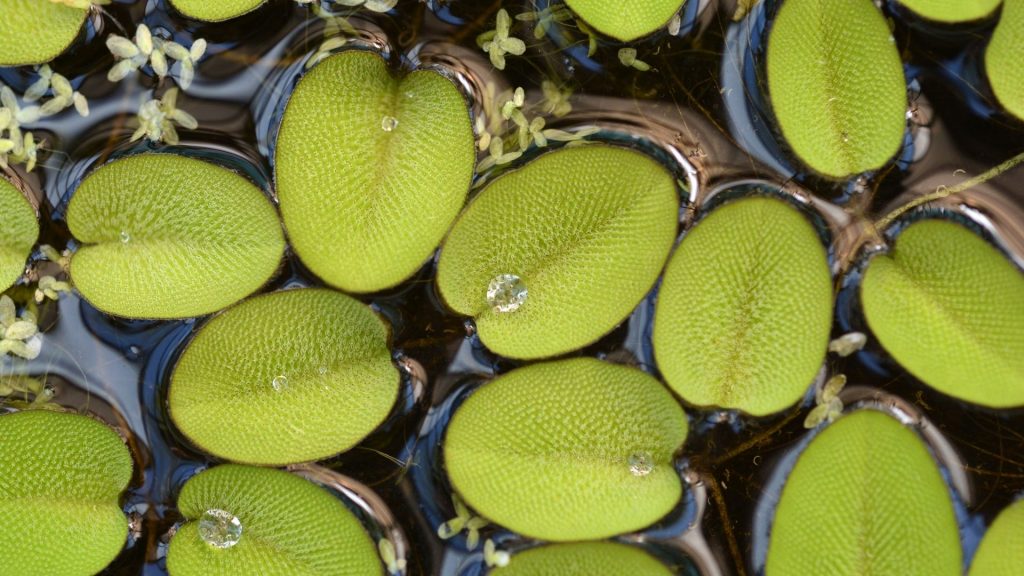
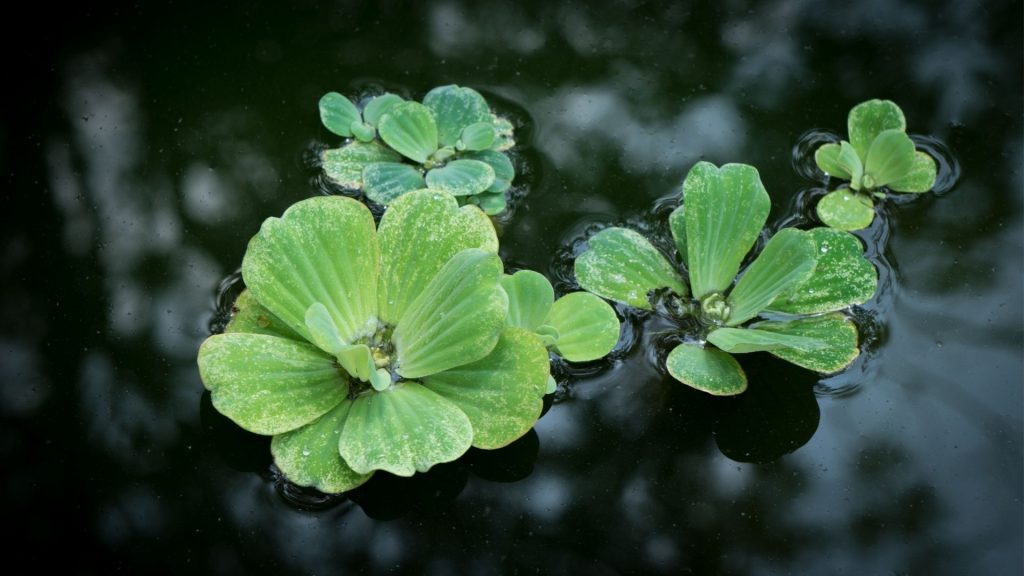

0 Comments